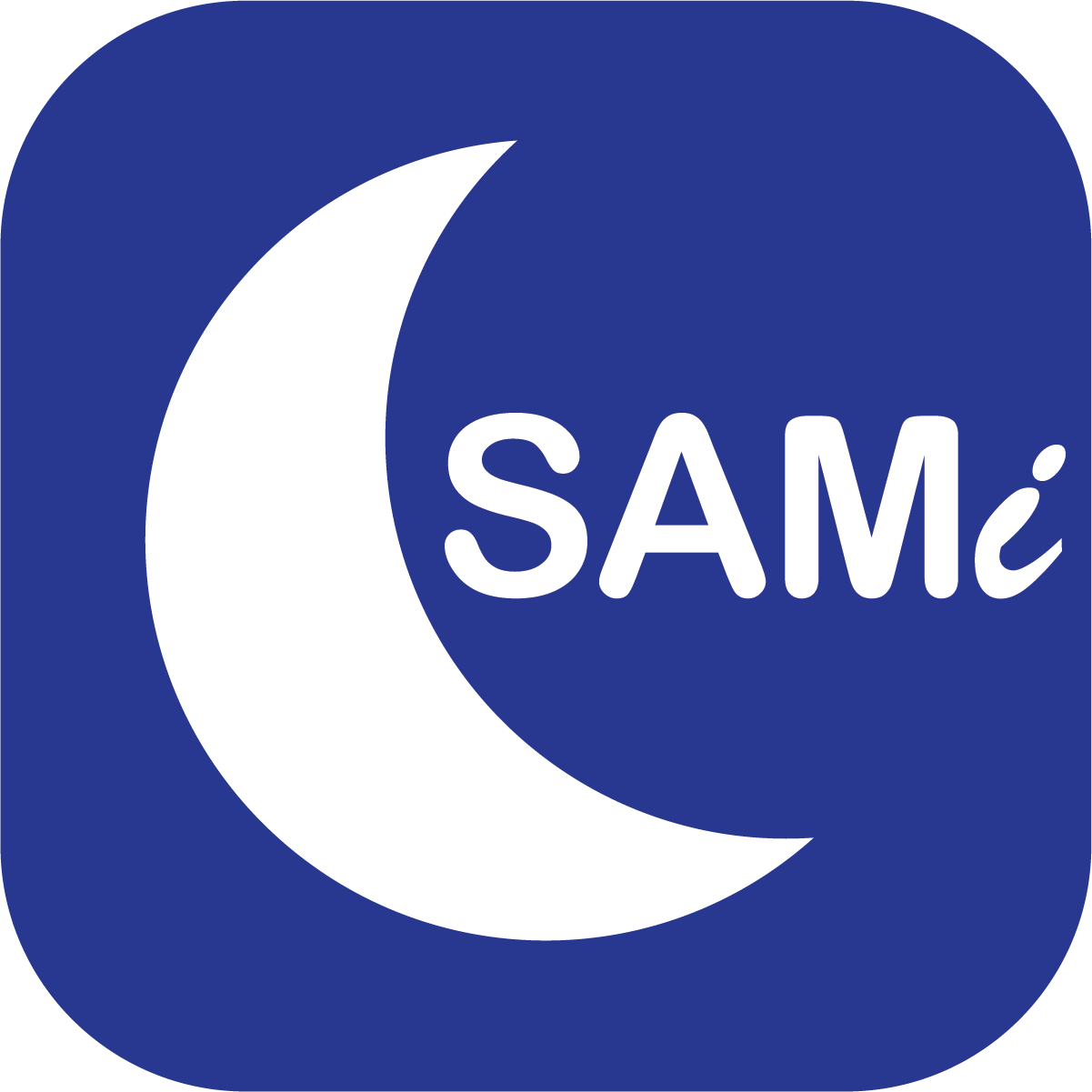Nighttime movement disorders contain a range of conditions that cause involuntary movements during sleep, disrupting the sleep cycle and impacting overall health. These disorders can significantly affect a person's quality of sleep, leading to fatigue, decreased daytime functioning, and various health issues. Understanding these conditions is the first step toward effective management and treatment.
Causes and Triggers of Nighttime Movement Disorders
Neurological Foundations
At the core of many nighttime movement disorders is a complex interplay of neurological factors. These conditions are often rooted in the brain's pathways that regulate motor control and sleep cycles. Disruptions or abnormalities in these pathways can lead to the involuntary movements characteristic of disorders like Restless legs syndrome (RLS) and Periodic limb movement disorder (PLMD). Understanding the neurological foundation is crucial for developing targeted treatments that address the specific mechanisms involved in each disorder.
The Role of Medications and Substance Use
Certain medications and substance use can exacerbate or trigger nighttime movement disorders. For example, some antidepressants, antipsychotics, and over-the-counter allergy medications can increase the risk of RLS or PLMD. Similarly, caffeine, alcohol, and nicotine consumption close to bedtime can interfere with sleep patterns and trigger involuntary movements. Being mindful of these potential triggers is important for individuals experiencing restless sleep.
Stress, Anxiety, and Their Impact
These are significant contributors to sleep disturbances, including involuntary movements at night. The body's response to stress can increase muscle tension and hyperarousal, leading to more frequent or severe movements at night.
Genetic Predispositions and Environmental Factors
Research has shown that individuals with a family history of disorders like RLS are more likely to experience symptoms themselves. Additionally, environmental factors, such as sleep environment and lifestyle habits, can influence the severity and frequency of involuntary movements. Recognizing the interplay between genetics and environmental factors is essential for understanding and managing these disorders.
Diagnosing Nighttime Movement Disorders
The Critical Role of Sleep Studies
Sleep studies, such as polysomnography, play a critical role in diagnosing nighttime movement disorders. These overnight tests monitor a range of physiological activities including brain waves, heart rate, breathing patterns, and limb movements. By analyzing this data, healthcare providers can identify specific patterns that indicate the presence of disorders like RLS, PLMD, or nocturnal seizures. Sleep studies are invaluable in distinguishing between different types of sleep disturbances and tailoring treatment approaches accordingly.
Other Diagnostic Assessments and Their Importance
These can include neurological examinations, blood tests to rule out underlying conditions like iron deficiency, and patient sleep diaries that track sleep habits and disturbances. Together, these tools provide a comprehensive view of an individual's sleep health, contributing to a more accurate diagnosis.
Distinguishing Between Different Movement Disorders
Distinguishing between different movement disorders at night is a complex but essential task. Factors such as the timing, frequency, and type of movements observed, along with patient-reported symptoms, help differentiate between conditions. For example, RLS often involves an urge to move the legs accompanied by uncomfortable sensations, whereas PLMD features involuntary leg movements without conscious awareness. Accurate differentiation is crucial for effective treatment, as management strategies vary significantly between disorders.
Treatment Options for Nighttime Movement Disorders
Pharmacological Interventions and Their Efficacy
In the realm of medical treatment, pharmacological interventions play a crucial role in managing various health conditions, offering relief from symptoms, and improving patient well-being. Key considerations in pharmacological treatment include:
-
Individual Response to Medication: It's well-acknowledged in medical practice that individuals can have markedly different responses to the same medication. This variability necessitates careful monitoring and, often, dosage adjustments or even a switch to a different type of medication to find the most effective treatment with the fewest side effects.
-
Potential Side Effects: The decision to prescribe a particular medication is frequently a balancing act between the benefits of symptom relief and the potential side effects. Side effects can range from mild to severe and may affect the patient's willingness to continue the medication, thus influencing the overall efficacy of the treatment. Healthcare providers must carefully consider these factors and work with patients to manage side effects when possible.
-
Long-term Management: Long-term pharmacological treatment raises additional considerations, including the risk of developing tolerance to the medication or dependency, particularly with certain classes of drugs. The patient's entire treatment plan and quality of life must be taken into account by healthcare professionals when evaluating these risks. It may be necessary to periodically reevaluate the treatment plan to make sure it works optimally.
-
Comprehensive Care: Effective treatment often requires a holistic approach, combining pharmacological interventions with other modalities such as lifestyle modifications, physical therapy, and psychological support. This integrated approach can help address the multifaceted nature of many health conditions, improving outcomes and patient satisfaction by treating the individual as a whole rather than focusing solely on symptom management.
Navigating the complexities of pharmacological interventions underscores the importance of a patient-centered approach to healthcare, one that takes into account the unique characteristics of each individual. By carefully considering these various factors, healthcare providers can devise treatment plans that are both effective and sustainable over the long term, ultimately enhancing the quality of life for their patients.
The Potential of Physical Therapy
Targeted exercises and stretches can alleviate discomfort and reduce the frequency of involuntary movements for some individuals. Working with a physical therapist to develop a personalized exercise program can enhance mobility, improve sleep, and contribute to overall well-being.
Coping Strategies for Restless Sleep
Establishing a Regular Sleep Schedule
One of the most effective strategies for managing restless sleep due to nighttime movement disorders is establishing a regular sleep schedule. Going to bed and waking up at the same time every day, even on weekends, helps regulate the body's internal clock, improving sleep quality over time. Consistency in sleep patterns can significantly reduce the frequency and severity of involuntary movements, leading to more restful nights.
Creating a Comfortable and Conducive Sleep Environment
This involves ensuring the bedroom is quiet, dark, and at a comfortable temperature. Investing in a comfortable mattress and pillows that support proper body alignment can also make a significant difference. Such an environment can help minimize disruptions during sleep, fostering a more restful and uninterrupted sleep experience.
Relaxation Techniques and Their Benefits
Relaxation techniques offer a natural and effective way to improve sleep quality for those coping with restless sleep due to movement disorders. These techniques can significantly reduce stress and anxiety, common triggers of nighttime restlessness. Benefits include:
-
Decreased Muscle Tension: Progressive muscle relaxation, a technique that involves tensing and then relaxing different muscle groups, can significantly reduce muscle tension. This method is especially beneficial for those whose sleep is disrupted by involuntary movements, as it helps release the tension in muscles, potentially decreasing the frequency or intensity of such movements during the night.
-
Improved Sleep Onset: Techniques that focus on deep breathing, guided imagery, or meditation can greatly assist in calming the mind and preparing the body for sleep. By facilitating a state of mental and physical relaxation, these practices can make it easier to fall asleep, combating issues like insomnia that are often exacerbated by anxiety or stress.
-
Reduced Nighttime Awakenings: Incorporating relaxation activities into a pre-bedtime routine can enhance the ability to achieve deeper, more restorative sleep. Techniques such as listening to calming music, practicing gentle yoga, or engaging in mindfulness meditation can relax the mind and body, thereby reducing the likelihood of waking up frequently during the night.
-
Enhanced Overall Sleep Quality: The regular application of relaxation techniques can have a profound impact on the overall quality of sleep. Over time, individuals who practice these techniques may find they experience better daytime alertness, improved mood, and greater overall well-being, thanks to the restorative power of high-quality sleep.
The adoption of relaxation techniques as part of a comprehensive approach to managing sleep-related issues offers a holistic and effective way to address the challenges posed by nocturnal movement disorders and other conditions that impair sleep. By reducing stress, easing muscle tension, and promoting a calm state of mind, these practices can significantly improve sleep quality and, by extension, enhance quality of life.
The Importance of Patient Education and Support Networks
Educating patients about their condition and the available coping strategies is fundamental to managing nighttime movement disorders effectively. Support networks, whether online communities or in-person support groups provide valuable resources and emotional support. Sharing experiences and tips can help individuals feel less isolated in their struggles, empowering them to take an active role in managing their condition.
The Impact of Nighttime Movement Disorders on Quality of Life
Understanding the Broader Health Implications
The chronic loss of quality sleep can lead to a host of broader health implications, including increased risk for cardiovascular diseases, weakened immune system, heightened anxiety and depression, and impaired cognitive function. These conditions emphasize the importance of addressing involuntary movements during sleep not just as a sleep disturbance, but as a significant health concern that requires comprehensive management.
The Relationship Between Sleep Quality and Daily Functioning
The quality of sleep directly influences daily functioning, affecting mood, energy levels, and cognitive abilities. Nighttime sleep disorders can lead to chronic fatigue, difficulty concentrating, memory problems, and decreased productivity. This cycle of poor sleep and reduced daytime functioning can strain personal relationships, impact professional life, and diminish overall life satisfaction, highlighting the critical need for effective strategies.
The Importance of Comprehensive Care Approaches
Collaborative care involving neurologists, sleep specialists, physical therapists, and mental health professionals can ensure that all aspects of the disorder and its impact on the individual's life are addressed. This holistic approach not only aims to improve sleep quality but also enhances overall health and well-being, offering a more effective path to managing the disorder.
Future Directions in Management and Treatment
Advancements in Diagnostic Technologies
New developments in wearable tech, such as sensors that can more accurately detect and record involuntary movements during sleep, are becoming increasingly sophisticated. These technologies promise to offer more precise data, enabling earlier and more accurate diagnoses. Additionally, advancements in neuroimaging techniques are expected to provide deeper insights into the neurological underpinnings of these disorders, further refining diagnostic processes.
The Potential of Personalized Medicine
By leveraging genetic and biomarker information, treatments can be tailored to the individual's specific condition and response patterns. As mentioned before, this approach not only improves the efficacy of treatment but also minimizes the risk of adverse reactions. The integration of personalized medicine into the treatment of nocturnal movement disorders represents a major step forward in providing patient-centered care.
Understanding and managing nighttime movement disorders is a dynamic and evolving field, where patient empowerment, informed by the latest research and supported by a collaborative healthcare approach, holds the key to navigating these challenges successfully. As we look to the future, the continued pursuit of knowledge, alongside advancements in diagnostics and treatment, promises to further enhance the lives of those affected by these conditions, ensuring that they have the support and care necessary to lead fulfilling lives.


